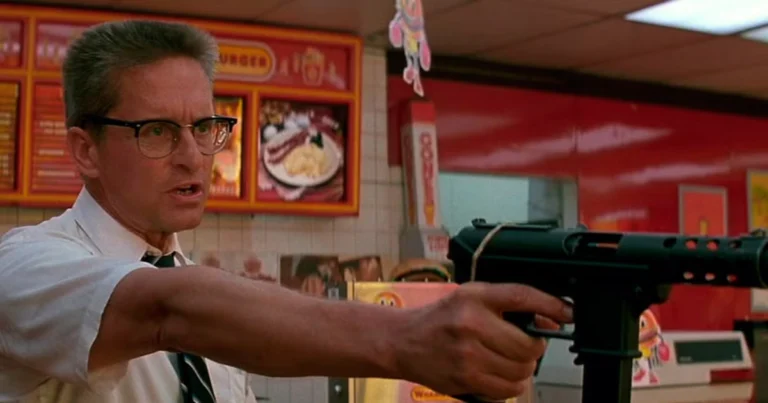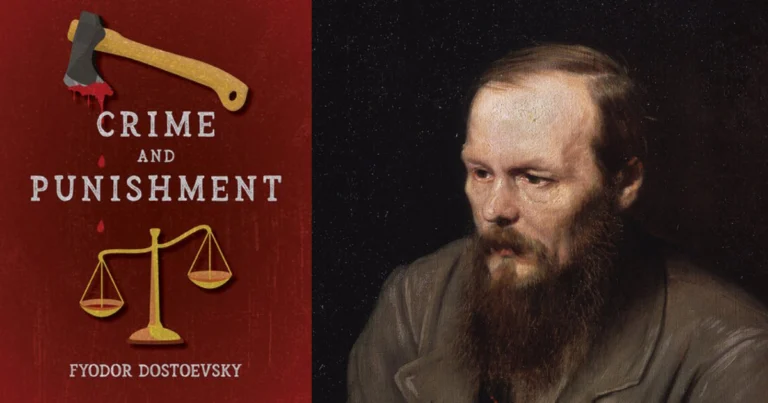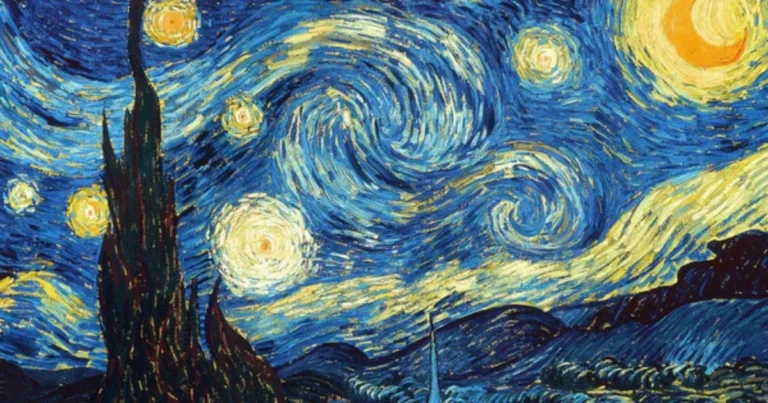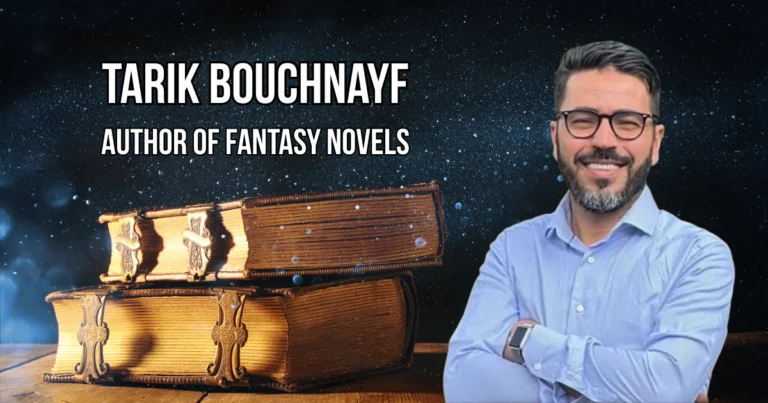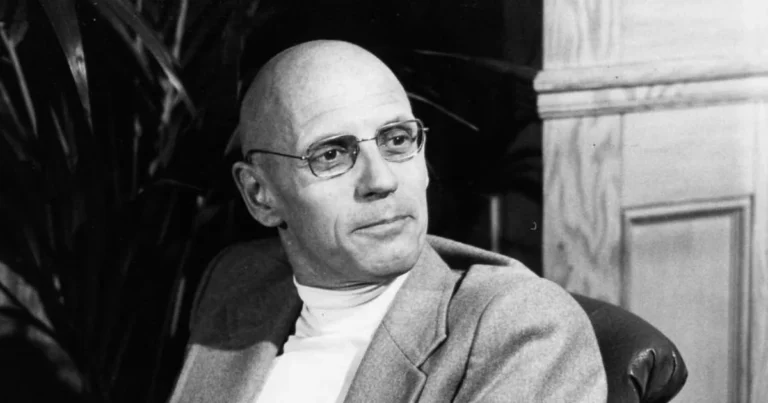Kafka’s Metamorphosis and the voice of silence
No sparkle, no outburst. In Kafka’s world, nothing seeks to shine. No embellishment, no spectacle, no flamboyant lyricism. And yet, his name has become an adjective, Kafkaesque. That alone says how deeply his quiet yet persistent voice has marked world literature and art.
Reading Kafka is entering a text that doesn’t seek attention, but acts nonetheless. A text that unsettles gently, without warning. It doesn’t speak to us directly, it watches us, like from behind a slightly open door. Everything in Kafka is muted, nearly erased. But this quietness creates space for a different kind of violence: the unease of existing in a world stripped of explanation.
The Metamorphosis, perhaps his most famous work, captures this singular voice. In this short novel, Kafka discards the sensational and rejects the spectacular. He simply tells the story of a man who wakes up transformed into an insect, in utter silence. A heavy, awkward, almost guilty silence. And it’s precisely in this void that Kafka excels. Where others scream, he whispers. But once heard, that whisper never fades.
Kafka: a voice born of silence
Burn everything. The novels, the diaries, the letters… Nothing must remain.
That was Kafka’s last instruction to his closest friend, Max Brod, before dying. A simple, radical, irrevocable wish: to vanish without a trace.
But Brod disobeyed. And thanks to this betrayal, we have The Metamorphosis, The Trial, The Castle. A voice born to disappear continues to whisper in the world’s ear.
Kafka did not write to persuade or transmit. He wrote out of necessity. Often with shame. Always with distrust. His literature was never meant for public eyes, it was the product of withdrawal, of a refusal to appear. Words pulled from silence, kept at a distance from affirmation.
Franz Kafka was born in 1883 in Prague, then under Austro-Hungarian rule. The eldest son in a German-speaking Jewish family in a predominantly Czech city, he stood at a cultural, linguistic, and religious intersection, outsider from the start. He studied law, worked in an insurance company, lived a discreet, almost invisible life. By day, he applied rules. By night, he broke them, writing in secret, in the shadows.
His body failed him early: migraines, insomnia, tuberculosis. But more than illness, it was existence itself that weighed him down. Kafka lived with the feeling of being in excess, alien to his own life. This sense of strangeness wasn’t just a feeling; it was the structure underlying his entire work.
And then there was his father, Hermann Kafka: authoritarian, imposing, self-assured, everything his son was not. In Letter to His Father, Kafka paints a devastating portrait of this suffocating relationship, where he felt neither seen, nor heard, nor legitimate. He writes:
“You brought me up with force, excess, and noise. I had only silence.”
That silence became a language, a style that rejects both explanation and pathos. Kafka never displays pain; he simply lays it bare, unadorned, without commentary or appeal. A kind of modesty, perhaps even intellectual dignity.
Kafka offers no heroes, no messages, no certainties, only withdrawn figures confronting a world with no key. And perhaps that’s the paradox of Kafka: the more he withdrew, the stronger his voice became. A voice born in silence, yet impossible to silence.
A metamorphosis without cause: the scandal of the absurd
One morning, Gregor Samsa wakes up transformed into an insect. No warning, no omen. The story begins just like that, as if nothing were unusual. And that’s precisely what’s unsettling: this impossible event demands no explanation. No dream, no spell, no punishment. Just a raw, unfiltered fact.
This is where Kafka’s absurdity reveals its power. It doesn’t arise from chaos or surrealism, it emerges in a perfectly intact world, without signs, without gradual disruption. The lack of cause, of logic, of narrative buildup intensifies the unthinkable. Nothing brings it about. Nothing explains it. It’s simply there, and life goes on. Or rather: it adjusts. Gregor’s family, employer, surroundings, they all accommodate his disappearance as a man. There is no search for meaning, only management. He is sidelined. The door is shut.
And that door becomes the story’s central symbol. It separates Gregor from the world. It closes on him. It gradually muffles his voice. It’s not just a physical barrier; it marks the fracture, between human and non-human, familiar and rejected, speaking and silenced.
Kafka doesn’t place us with the family, but with the one excluded. We read from the other side. From the dark room where the voice distorts, where words no longer cross the threshold. And despite this imposed distance, a strange intimacy forms.
Something in this locked-away creature feels familiar. Even Gregor Samsa’s name seems resonant. Some have seen a reflection of Kafka in him, the same stilted rhythm, the same phonetic oddness, the same silence. As if the character, radically different, still carries fragments of his author. Kafka never confirmed this connection, but he once told a friend:
“I am not Gregor Samsa. But there are fault lines between us.”
And that may be the greatest disturbance in this text: we never truly know who Gregor is or what he represents. Identification becomes blurred, fragmentary. Kafka orchestrates this ambiguity masterfully. He never opens the door to clarity, he closes it gently, leaving us behind.
Monstrous body, ordinary exclusion
Gregor’s transformation raises no big questions. No scandal. No moral outrage or tragic conflict. It simply creates discomfort, a social disturbance. His body no longer fits the world. It slides outside family logic, functional logic, human logic, toward the other side of the door.
He can no longer work. He can no longer speak. He can no longer stand. He’s not terrifying, he’s embarrassing. And that is what makes The Metamorphosis so unsettling: the rejection stems not from fear but from unease. He’s tolerated for a while. Then the door is avoided. Meals are forgotten. Eyes turn away. That’s enough. In Kafka’s world, inhumanity requires no hatred, just weariness.
At one point, however, silence gives way to physical violence. The father, exasperated by Gregor’s appearance in the living room, hurls apples at him with primal rage. One apple lodges into his shell, rotting slowly in his flesh. It’s one of Kafka’s rare moments of direct violence, and all the more disturbing because it comes from the father.
It’s hard not to hear echoes of Kafka’s own paternal trauma, as described in Letter to His Father:
“You frightened me simply by your presence.”
To this act of aggression is added another, more insidious: the collapse of language. Gregor thinks, feels, understands, but his words no longer reach anyone. His voice, altered by his transformation, is no longer perceived as human. Only sounds remain. Scratches. Inarticulate noises. He is there, conscious, lucid, even loving, but already classified as “other.” Once language fails, the body becomes unbearable.
The apartment: theater of erasure
In Kafka’s work, space becomes an inescapable trap that slowly tightens around his characters. In The Metamorphosis, the entire story unfolds within a few rooms: a bedroom, a hallway, a living room. But this narrow setting is enough to stage a descent into erasure.
At first, Gregor can still open the door, listen in, observe his family’s reactions. Soon, he’s locked away. Hiding under the sofa. Clinging to the walls. No longer upright. Movement no longer connects him to the world, it isolates him further. Each step into his own room marks a step away from the family.
One particularly cruel moment stands out, his sister decides to clear out his room. “To give him space,” she says. But in removing the furniture, she erases all traces of the man Gregor once was: his desk, his books, his window. It’s no longer a bedroom, it’s a cell. A space for forgetting. When Gregor tries to cling to a single item, a framed picture on the wall, he panics, as if this small relic were the last shard of his identity.
Kafka peppers the story with such nearly invisible details, delivered with cruel precision. A brown stain on the wallpaper, unnoticed until Gregor crawls along the wall. The detail carries no symbolism. It points to nothing hidden. And yet, it disturbs, clings to the mind. Kafka’s genius lies in revealing the strange within the ordinary, without ever underlining it.
That’s the core of his style: he doesn’t show horror, he lets it seep in through the arrangement of things, the slowness of movements, the dryness of descriptions. Unease does not come from events, but from the subtle accumulation of details that no longer fit.
These mundane marks become the scars of a crumbling world. Reality loses coherence not with a crash, but through a saturation of details that no one sees or understands anymore. The monster doesn’t devour the house. The house, its routine, stillness, inertia, slowly absorbs the monster.
Kafka after Kafka: A voice turned atmosphere
Kafka didn’t just write stories. He shaped a way of inhabiting the world, a sensation, a disquiet, a rhythm. It’s not a style one mimics, it’s an atmosphere one breathes. A discreet tension made of waiting, bureaucratic absurdity, inescapable solitude. And this atmosphere has crossed literary boundaries to settle permanently in culture.
In literature, few 20th-century authors have escaped Kafka’s shadow. George Orwell acknowledged The Trial as a pivotal influence for 1984, where the citizen is crushed by a faceless, absurd state. More recently, Haruki Murakami cited The Metamorphosis as foundational, Kafka on the Shore echoes that same slow drift of the real into the strange, never tipping into fantasy, just as Kafka masterfully achieved.
In philosophy, Kafka deeply nourished absurdist thought. Albert Camus devotes an entire chapter to him in The Myth of Sisyphus, calling Kafka a witness to the tragic conflict between humanity’s need for meaning and the world’s silence. Kafka wasn’t a philosopher, but he forced philosophy to its limits: showing that the world doesn’t collapse in chaos, but in excessive order. Jean-Paul Sartre saw in Kafka the most poignant demonstration of freedom with no grip, Kafka’s hero is always free, but trapped in a hallway that loops endlessly.
In cinema, Kafka haunts the corridors of modern anxiety. Stanley Kubrick’s The Shining builds terror without explanation, where even the décor becomes an agent of isolation. Long before, Alfred Hitchcock had explored Kafkaesque tension: in The Birds or Vertigo, the threat doesn’t come from visible monstrosity, but from the gaps between events. The world tilts silently, without clear logic. Suspense is born from silence, from the absence of cause, just like in The Metamorphosis.
Kafka didn’t create a universe, he shifted the borders of how we perceive reality. His legacy isn’t a closed body of work, but a way of asking questions: what happens when meaning vanishes, when words no longer reach the other, when the world becomes an endless corridor?
What truly disturbs in The Metamorphosis is not the monstrous, it’s the lack of explanation. No why, no how. Just a transformation, dropped there, without cause or goal. And that is perhaps what Kafka captured with rare clarity: humans don’t fear horror as much as they fear meaninglessness. We can face pain, loss, and violence, if they come with a name, a source, a narrative.
But when meaning is absent, something cracks. A silent panic arises. The void isn’t just scary, it’s unbearable. We like to believe that everything happens for a reason. That misfortune follows some logic, however obscure. Kafka removes that crutch. He doesn’t destroy meaning, he silences it. And in that silence, he holds up a mirror.
Gregor is not a monster. He is what we all dread becoming: someone no longer understood, no longer heard, barely seen, because he no longer fits the common story. Kafka forces us to confront that quiet fear. No screams. No drama. Just a hallway. A closed door. A forgotten body.
And perhaps that vertigo is more terrifying than the metamorphosis itself.
References
Camus, A. (1942). Le mythe de Sisyphe. Gallimard.
Deleuze, G., & Guattari, F. (1975). Kafka : Pour une littérature mineure. Éditions de Minuit.
Kafka, F. (2002). La Métamorphose (A. Vialatte, Trad.). Gallimard. (Œuvre originale publiée en 1915)
Kafka, F. (2008). Lettre au père (A. Vialatte, Trad.). Gallimard.
Orwell, G. (1949). 1984. Secker & Warburg.
Sartre, J.-P. (1943). L’être et le néant. Gallimard

Amine Lahhab
Television Director
Master’s Degree in Directing, École Supérieure de l’Audiovisuel (ESAV), University of Toulouse
Bachelor’s Degree in History, Hassan II University, Casablanca
DEUG in Philosophy, Hassan II University, Casablanca


